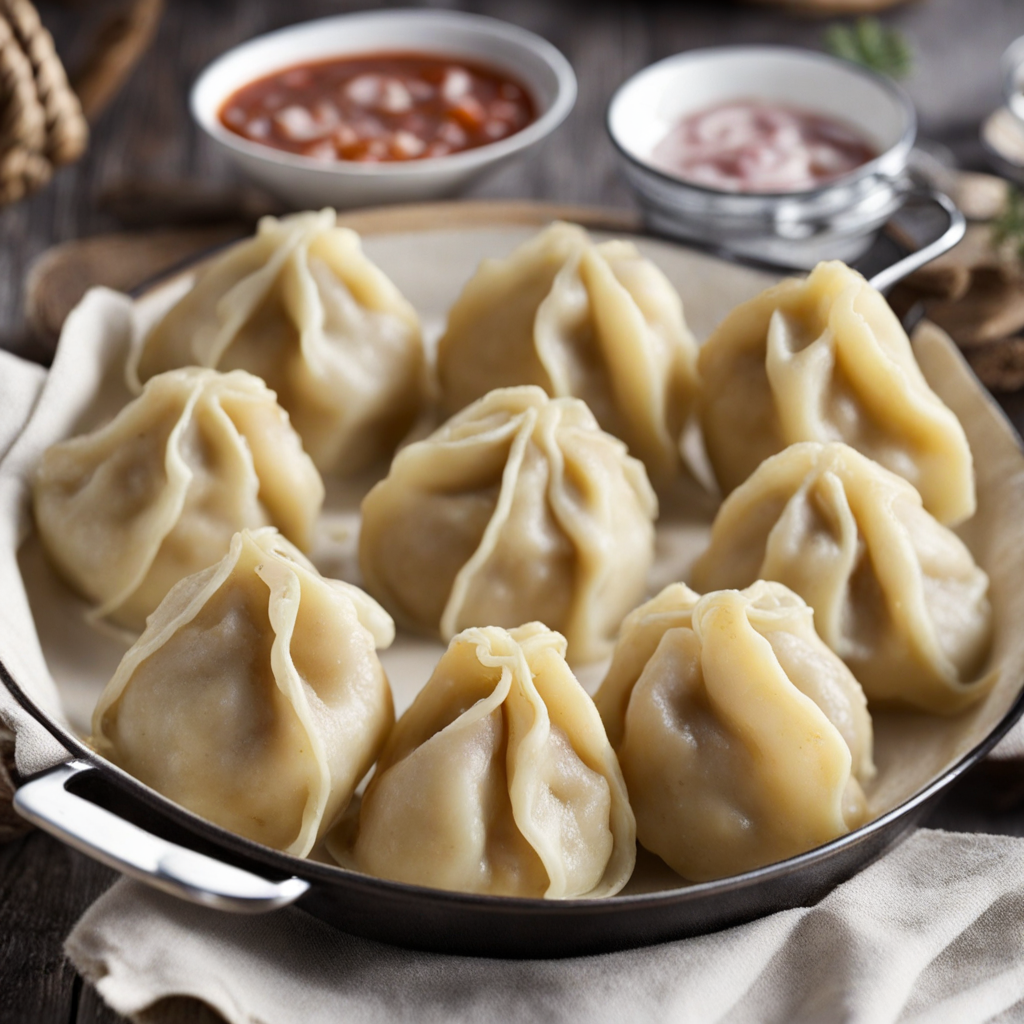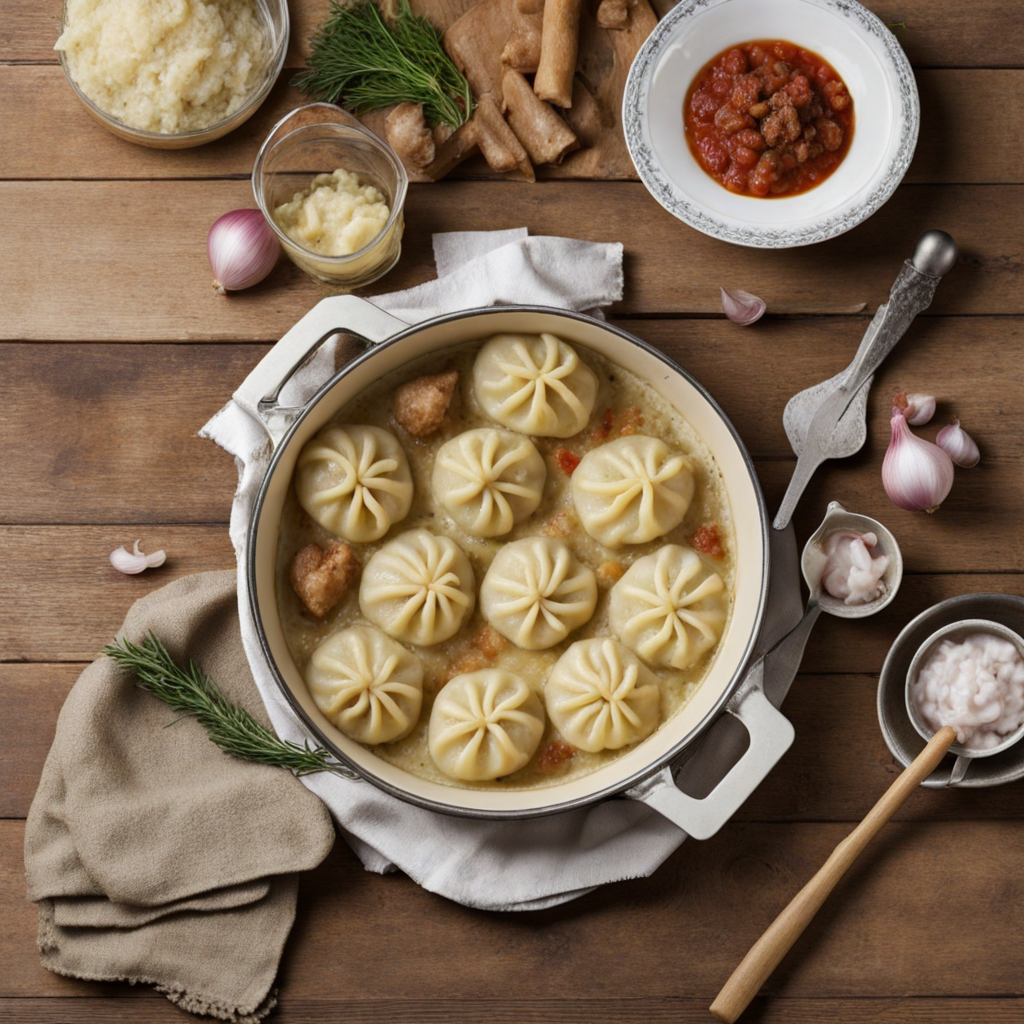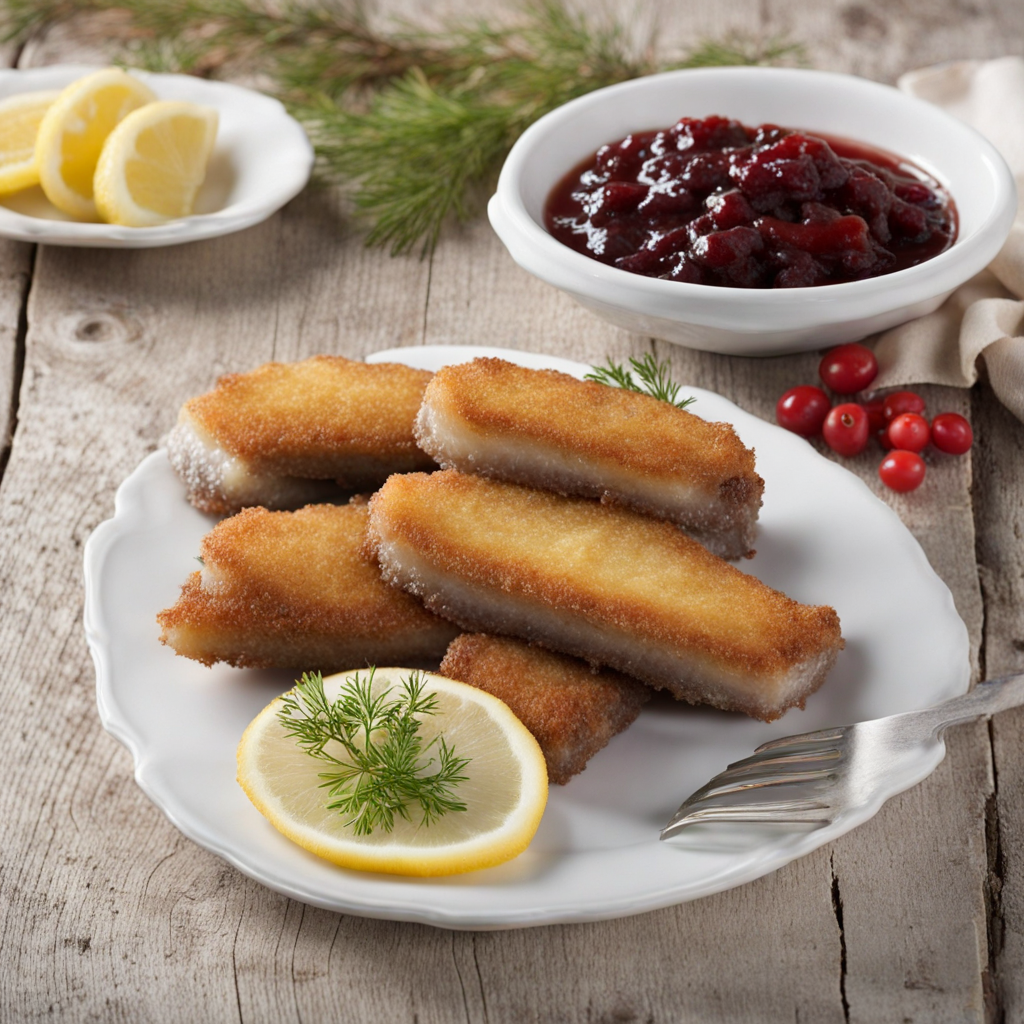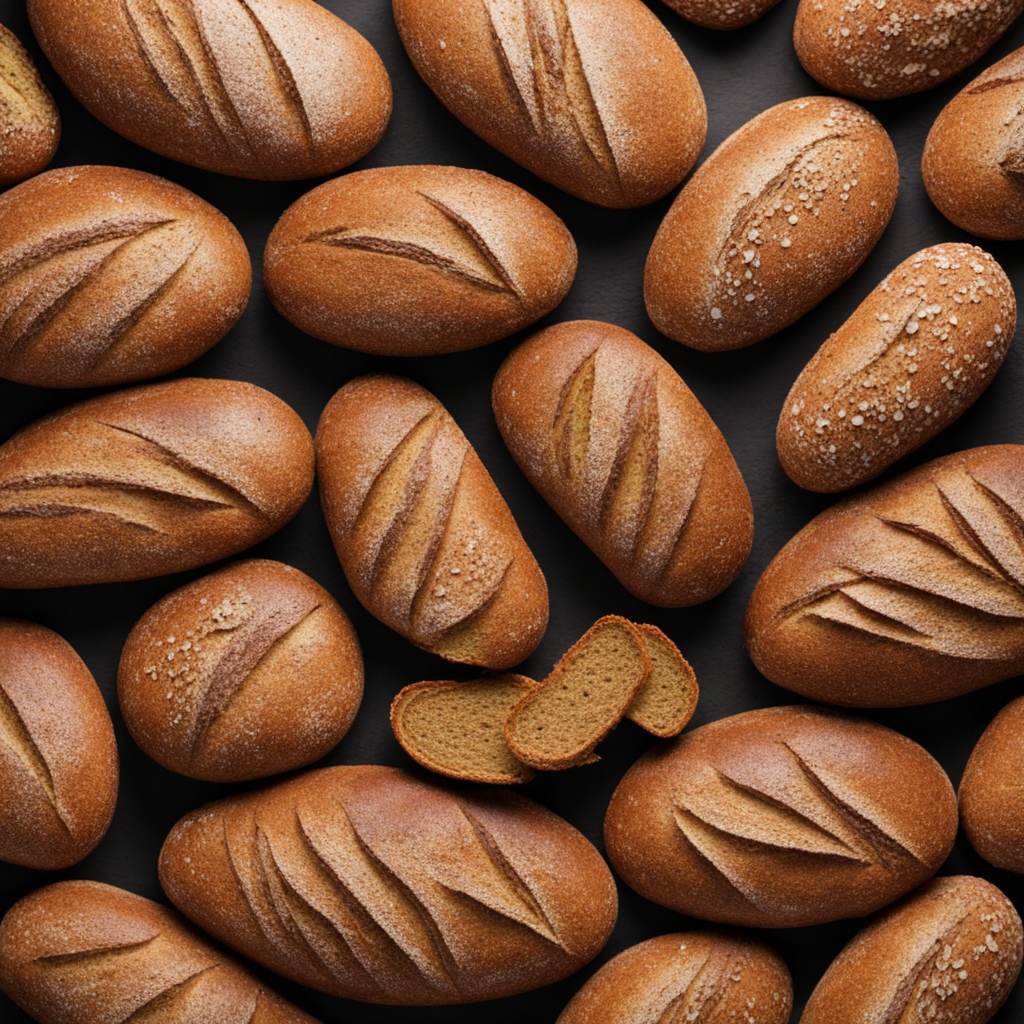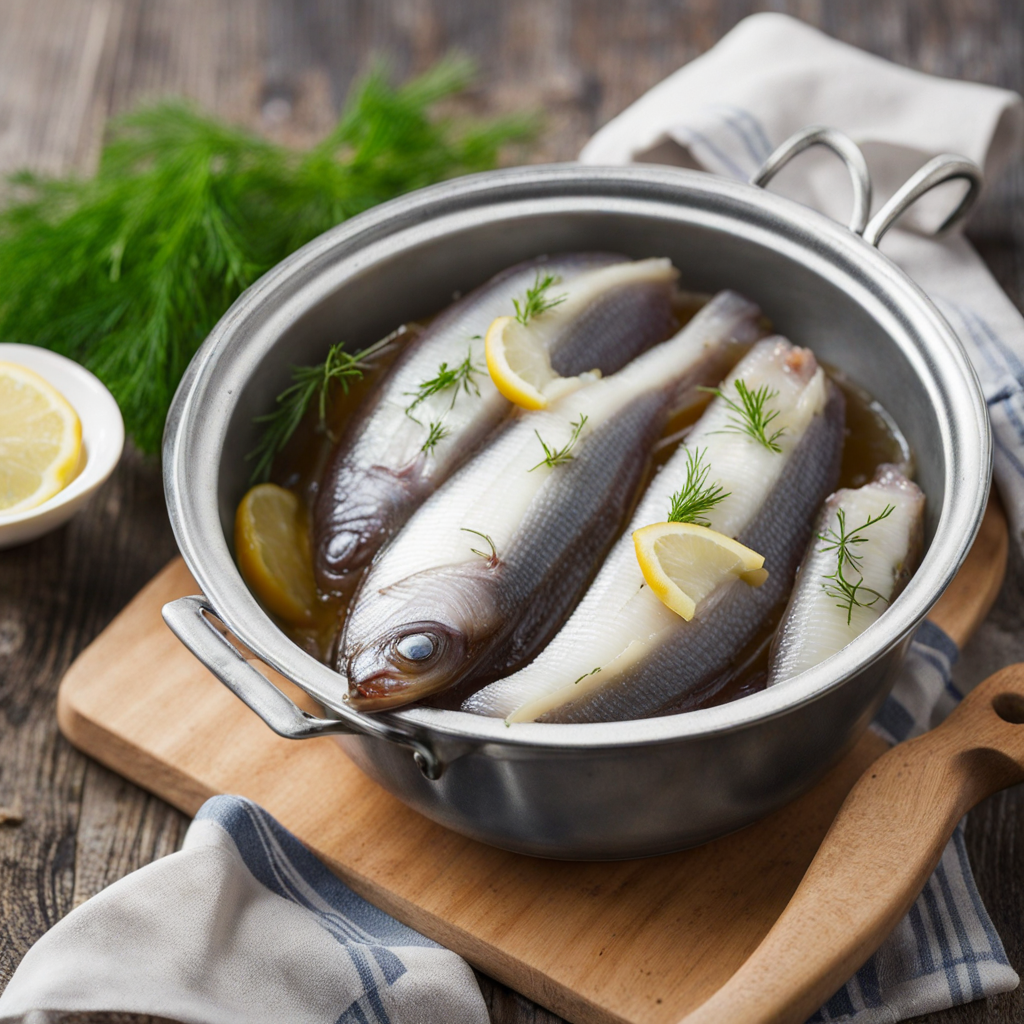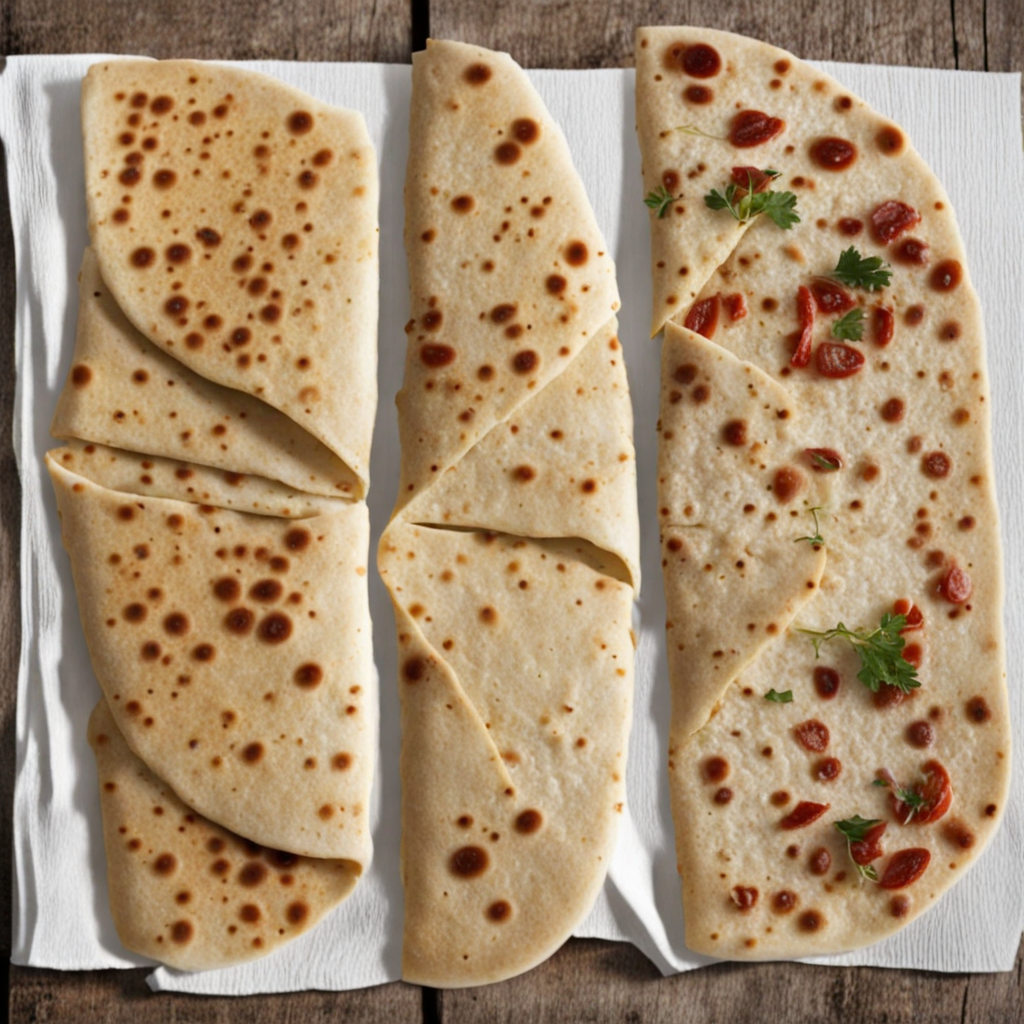Kroppkakor
Kroppkakor, a traditional Swedish dish, captures the essence of comfort food with its heartwarming flavors and rustic charm. These potato dumplings are typically filled with a savory mixture of diced pork or bacon, onions, and sometimes even spices, creating a delightful contrast to the soft, tender exterior made from grated or mashed potatoes. The dumplings are carefully formed into a round shape and then boiled until they are perfectly cooked, resulting in a satisfying chew that is both hearty and filling. Often served with a dollop of lingonberry jam and a drizzle of melted butter or cream sauce, Kroppkakor presents a unique balance of sweet and savory. The tartness of the lingonberries complements the rich flavors of the filling, while the buttery sauce adds a luxurious touch that elevates the dish. Many Swedes enjoy these dumplings during festive occasions or family gatherings, making them not just a meal, but a cherished tradition that brings people together. As you take your first bite of Kroppkakor, you'll likely experience a blend of nostalgia and warmth, as the dish reflects the rustic heritage of Swedish cuisine. Each mouthful delivers a comforting, homey taste that resonates with both locals and those seeking to explore new culinary horizons. Whether enjoyed as a cozy winter meal or a special treat during celebrations, Kroppkakor is sure to leave a lasting impression on your palate, inviting you to savor the simplicity and depth of flavors that define this beloved Swedish specialty.
How It Became This Dish
Kroppkakor: The Heart and Soul of Swedish Culinary Tradition Sweden, with its rich tapestry of landscapes and cultural influences, has given birth to a variety of traditional foods that reflect its history and the lives of its people. Among these, kroppkakor stands out as a beloved dish, steeped in history and cultural significance. These potato dumplings, typically filled with pork, epitomize the intersection of peasant cuisine and regional pride, making them a beloved staple in Swedish households. Origins of Kroppkakor The origins of kroppkakor can be traced back to the rural Swedish countryside in the 18th century, although some suggest that similar dumplings have roots that extend even further back, to the medieval period. The word "kroppkaka" itself is derived from the Swedish words "kropp," meaning "body," and "kaka," meaning "cake" or "biscuit." This name reflects the dumpling's shape and substance, embodying the idea of sustenance and nourishment. Initially, kroppkakor was a dish created out of necessity, utilizing the abundant local ingredients available to farmers. Potatoes, introduced to Sweden in the late 18th century, became a staple crop, and their versatility allowed for a myriad of culinary applications. The use of potatoes in kroppkakor illustrates a shift in traditional Swedish cooking, where the dumpling became a symbol of the peasant diet, transforming humble ingredients into a hearty meal. Cultural Significance Kroppkakor is not merely a dish; it is a cultural artifact that embodies Swedish heritage and community. Traditionally, it is associated with the regions of Småland and Öland, although variations exist throughout Sweden. In these areas, kroppkakor has become a symbol of local pride, with each community often laying claim to its own unique recipe and preparation methods. The dish is typically served at festive occasions, family gatherings, and seasonal celebrations, bridging generations through shared culinary traditions. It is often accompanied by rich sauces, such as lingonberry sauce or a creamy white sauce, enhancing the flavor profile and providing a balance to the savory filling. The act of making kroppkakor is often a communal affair, with families or friends gathering to prepare the dumplings together, sharing stories and laughter along the way. This communal aspect of preparation underscores the importance of food in fostering connections and preserving cultural identity. Development Over Time As Sweden evolved through the ages, so too did kroppkakor. The Industrial Revolution brought about significant changes in food production and consumption, with urbanization leading to a decline in traditional culinary practices. However, kroppkakor remained a steadfast presence in Swedish cuisine, adapting to modern tastes and lifestyles. In the 20th century, as globalization increased and culinary influences from around the world began to permeate Swedish kitchens, kroppkakor saw a renaissance. Chefs and home cooks alike began experimenting with different fillings and flavor profiles, incorporating ingredients such as mushrooms, cheeses, and even seafood. This creativity helped to keep the dish relevant, appealing to younger generations who sought to blend traditional flavors with contemporary culinary techniques. Regional variations have also played a significant role in the evolution of kroppkakor. In Småland, the dumplings are typically filled with seasoned pork and onions, while in Öland, they might include more diverse ingredients. The preparation methods have also diversified, with some opting for a boiled version, while others prefer baking or frying the dumplings for a crispier texture. These regional differences not only highlight the adaptability of kroppkakor but also its role in fostering a sense of local identity. Kroppkakor in Modern Sweden Today, kroppkakor continues to be a cherished dish in Sweden, often featured in both home kitchens and restaurants. Food festivals and local markets frequently showcase this traditional delicacy, celebrating its place in Swedish culinary heritage. Many contemporary chefs honor the classic recipes while also putting their unique spin on the dish, ensuring that kroppkakor remains a vibrant part of Sweden's gastronomic landscape. In recent years, there has been a growing interest in preserving traditional foods, as people seek to reconnect with their roots and the cultural significance behind what they eat. As a result, kroppkakor has gained attention from food enthusiasts and cultural historians, with workshops and culinary tours dedicated to exploring its rich history and preparation techniques. Moreover, the resurgence of interest in slow food and local sourcing has further solidified kroppkakor's status as a symbol of Swedish cuisine. Many people are now more conscious about where their food comes from and the stories behind it. This has led to a revival of interest in traditional methods of production and preparation, including the use of locally sourced ingredients and time-honored techniques that have been passed down through generations. Conclusion Kroppkakor is more than just a dish; it is a culinary embodiment of Swedish history, culture, and community. Its origins in the rural landscape of Sweden, coupled with its evolution and adaptation over time, reflect the resilience and creativity of the Swedish people. As it continues to thrive in modern culinary practices, kroppkakor serves as a delicious reminder of the importance of food in connecting us to our heritage and to one another. Whether enjoyed at a festive gathering, a family dinner, or a local restaurant, kroppkakor invites all who partake to savor not only its rich flavors but also the stories woven into its very fabric. In a world that constantly changes, this traditional dish stands as a testament to the enduring power of food to nourish both body and soul, bridging the past with the present and celebrating the vibrant culture of Sweden.
You may like
Discover local flavors from Sweden


